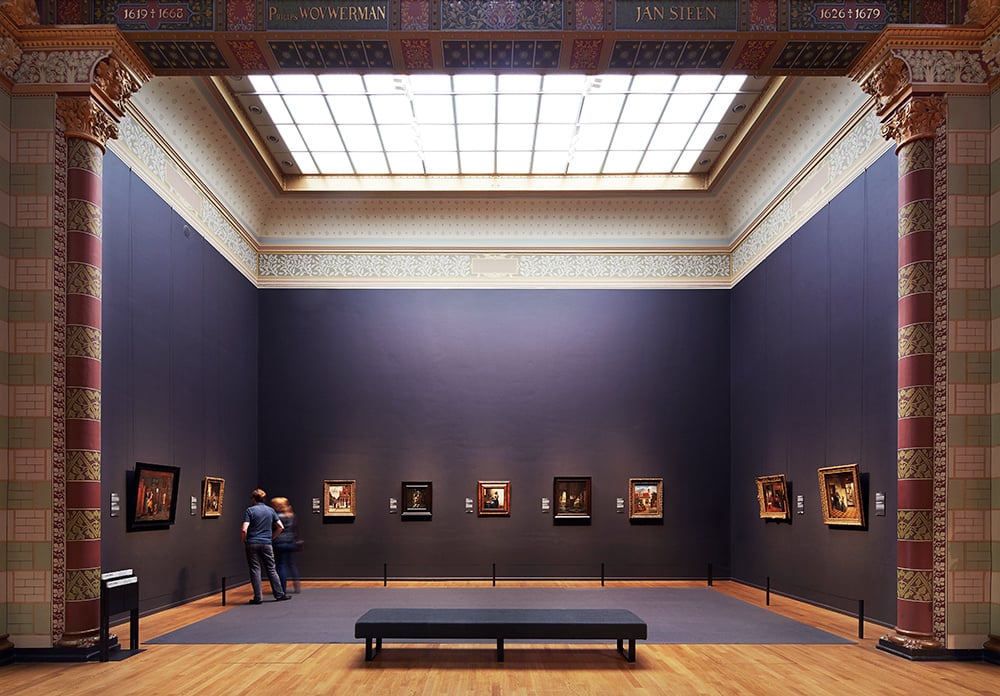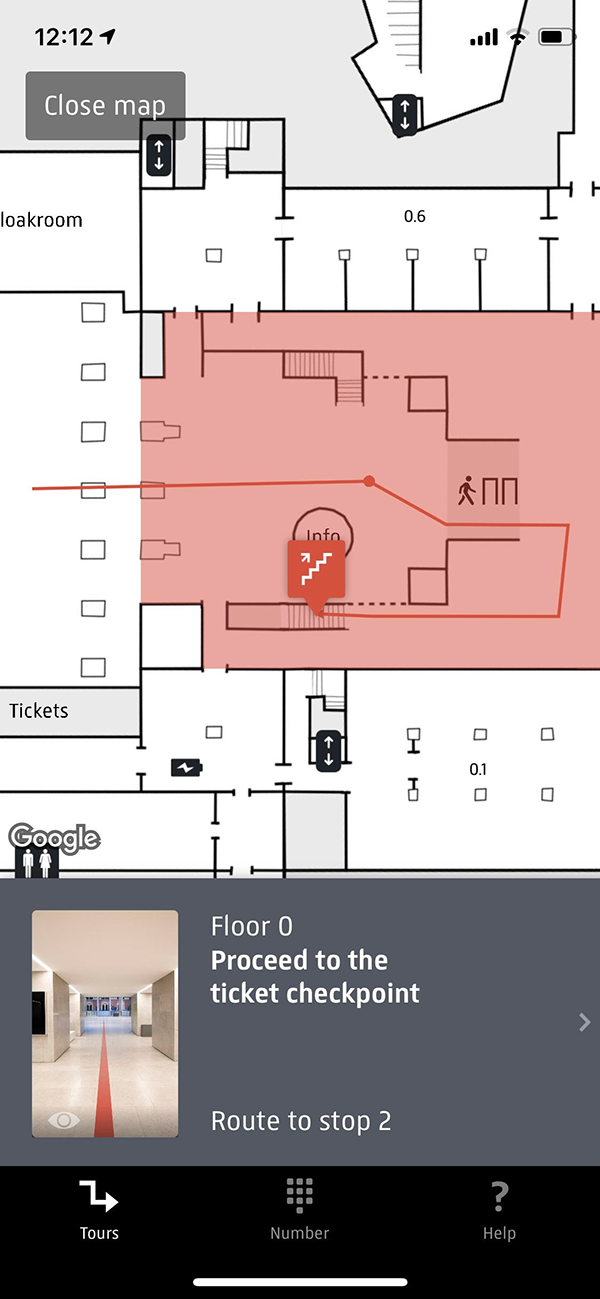Back to articles
Bluetooth Beacons in the Rijksmuseum

A Nordic Semiconductor Technical Product Manager explores the implementation of Bluetooth beacon technology at the Rijksmuseum in Amsterdam.
Ever since the introduction of beacons and the promotion of Bluetooth as an indoor positioning solution, I have found the museum guide in the form of an app as the most appealing example of this technology. Recently I had the chance to try it out at the Rijksmuseum in Amsterdam.
I ended up at the Rijksmuseum somewhat by accident. Having some spare time in Amsterdam, I wanted to check out the beacon solution at the Van Gogh Museum, which has recently had visibility in marketing from Bluetooth SIG. It turned out that the Van Gogh Museum was sold out for the day and the next one, so I went to the Rijksmuseum instead which is just nearby. Luckily it had beacons too.
Improving the museum experience
The main advantage I had in mind was to easily access content related to objects displayed in the museum, and I imagined this to be an improvement over the existing solutions. I don’t think anything beats a well-informed human being, but it costs extra or requires organization if the option is there at all.
Audio guides are useful, but the user interface takes you at least 20 years back in time compared to modern smartphones. Not to mention that you need to line up, pay for, carry, and return the item after your visit. Finally, there are paper maps and short descriptions next to the objects, which is a reliable fall-back. However, it always takes time to read and navigate, and in my opinion not the most engaging way to enjoy a museum.
Navigating indoors
The Rijksmuseum is large by international standards, and one can easily spend days admiring all the masterpieces. Sometimes, however, your schedule or energy level only gives you a few hours, and you want to use that time on the highlights.
The Rijksmuseum app provided several virtual tours for this, one simply for highlights (Highlights Gallery of Honour), and other tours targeting a specific era. By using indoor navigation, the app gives detailed instruction on how to reach the starting point of the tour and how to reach each room.

Within the room, the app works more or less as an audio guide, where you will get an explanation on the objects on display. However, with a smartphone you have easy access to a room map showing where to go, and in each room, you will get a list of all the objects, and you can freely pick the one you want to learn more about.
All in all, the beacon solution lived up to my expectation of experiencing the museum in a good and efficient way. In particular, it was useful to have easy access to rich content, automatically filtered based on your current location. Having the solution on your phone saves time for both the museum and visitors.
Room for improvement
As always there are things that could be improved. Sometimes the app could not immediately place me in the correct room, which required some waiting time before showing the next object of the tour.
My engineering mind instantly thought of various causes for this, for example: were the signals from the neighbor room too strong, or was the advertising interval too long? I found out that the Rijksmuseum had 300 beacons, while the Van Gogh Museum has 1,300 Bluetooth enabled lights, used among other things for beacons (the number used for beacons has not been provided). More beacons with weaker signals could improve the service. This hypothesis certainly has increased my curiosity to visit the Van Gogh Museum and make a comparison of the two solutions.
While there might be other reasons behind the observed misplacement, the direction finding feature introduced in Bluetooth v5.1 could definitely provide a more accurate positioning service. Besides, direction finding also has the potential of displaying arrows on the screen, indicating where to go. That would be a great feature.
In the meantime, the technology is good enough, and we will hopefully see more widespread use of it. Several Bluetooth enabled light fixtures, such as the ones used in the Van Gogh Museum, are hitting the market. These will help to lower the solution cost if combined with lighting upgrades.
So, for your next museum visit, bring your smartphone, and don’t forget your headphones. Oh, and book the Van Gogh museum well in advance.
Image: Gallery of Honour. Photo: Erik Smits


